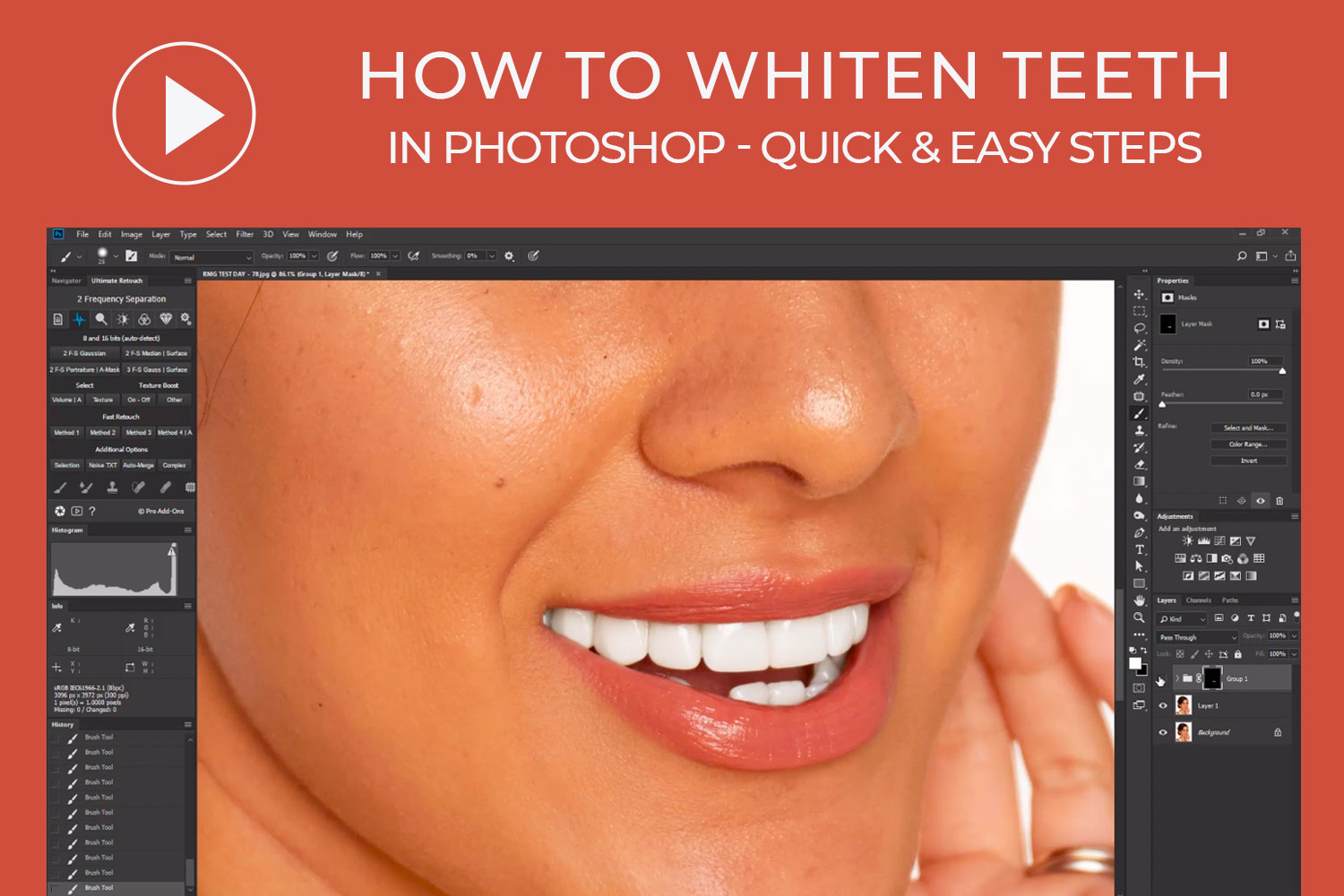What Is Post-Production or Post-Processing in Photography? Why Is It Important?
You may have heard about photography related terms like “post-processing,”“post-production,” or just “post”. Let us break the terms down.
These three terms – post-processing, post-production, as well as post can be used interchangeably. The production refers to what occurs on a location or set; it is whatever you are doing anytime you move about with that camera of yours shooting a video or photos. Post-production refers to what you do after you are done with shooting, while post-processing simply refers to all processing that will take place after shooting; post is abbreviated to express both.
What Is Post-Processing?
While we have discussed post-processing as anything that occurs after shooting, it is equally good to know what it involves. In many cases, it comprises all or some of these:
- Importing every material that was shot and having them backed up.
- Running through the shot materials and picking the good ones – photo editing and image culling.
- Correcting brightness, color, brightness as well as exposure settings – photo retouching and manipulation.
- Fixing all possible issues such as crooked horizons, dust spots, blemishes, or blemishes.
- Applying whatever color toning or the same stylistic adjustments.
- Preparing the pictures for export as well as printing, posting or sharing them online.
The amount of image post-processing required as well as the time needed is a function of the project concerned? A professional photo retoucher is capable of handling a few dozens of photos within 60 minutes.

Before and After Image Post-Processing
Why Post-Processing Is Important
Post-processing helps to fix little issues that you didn’t take note of in location, correct color as well as exposure, and for basically ensuring your work looks professional and good. Digital cameras are not perfect, and they do a couple of assumptions regarding the world, giving you an opportunity to do some adjustments.
In post, it is easy to have your stamp put on your work. It is your chance to enhance the appearance of that tourist spot that is visited all the time. You can arrive at a consistent look for a particular work or some other project of yours. Everyone who has emerged as a renowned photographer has spent as long a time during production as they actually did when they were shooting.
Image Post-Processing Reliant Techniques
Helping you through a couple of shooting methods that are image post-processing reliant is the most reliable way to explain this concept to you. These are not just topics, but they are methods photographers employ when they know they are going to post-process their shots.
1. RAW Shooting
For someone who is new to photography, the chances are that you have been advised to do RAW shooting. Even when camera settings look like they are perfect for a shot, the sensor’s raw data needs some work to be undertaken to enable it look its best. When doing JPEG shooting, the camera does this for you in some predetermined way without the option of reversing.
2. High Dynamic Range (HDR)
The HDR method comprises several shots of where you are snapping with varying exposures (photographers refer to this as bracketing). For instance, they might take a shot that is exposed beyond the normal (too bright), exposed below normal (too dark), and the one which is properly exposed (just right). A lot of cameras automate their bracketing, however because all these are done inside the camera, it’s not to be called post-processing.
3. Exposure
As we have hinted, ETTR represents a method where the photographer overexposes his shot deliberately so as to achieve better quality for shadows. Nevertheless, not all photographers do this deliberately. As someone who is starting out you are bound to miss the exposure often, receiving shots which are exposed beyond normal and shots which are underexposed.
4. White Balance
You’ve seen the pictures that are not adequately white balanced, though you perhaps did not know what it should be called. You have seen those indoor photos that appear extremely yellow (photographers refer to this as “warm”), blue (known as “cool”), or have other color tinge? These normally occurs when the camera does an incorrect white balance.
5. Filters
Post-processing filters are of 2 types: radial and graduated. Both types let a similar thing to be carried out on the photo, causing modifications in a way transitioning from very obvious effect to a zero application whatsoever. The effect is applied in a straight line with graduated type, left to right, top to bottom, upper right to lower right, etc. The radial type can be applied circularly.
Related Post:
Image Post-Processing Techniques: A Guide for Beginners in Photography (Part 1)
Image Post-Processing Techniques: A Guide for Beginners in Photography (Part 2)
Bottom Line
Hopefully, you should have a better idea of what the term image post-processing means in photography – the use of software tools like Photoshop for enhancing the way your photo looks. You must have also known that post-processing is essential in modern photography. If you desire your shots to resemble those pics you admire online, then you have to sacrifice time and learn the specifics of post-processing.
Related Post: Photoshop Retouching Techniques for Image Post-Processing [Tutorials]
Need assistance for your studio’s post-processing needs?
There are lots of benefits that your business will start experiencing once you use our photo editing services today. Allow us to help your business grow through some highly professional image post-processing techniques.
Receive Special Offers and Deals From Ephotovn
We hate spam. Only receive our Newsletter for the latest tips, deals, tutorials, resources and guides.









Leave A Comment